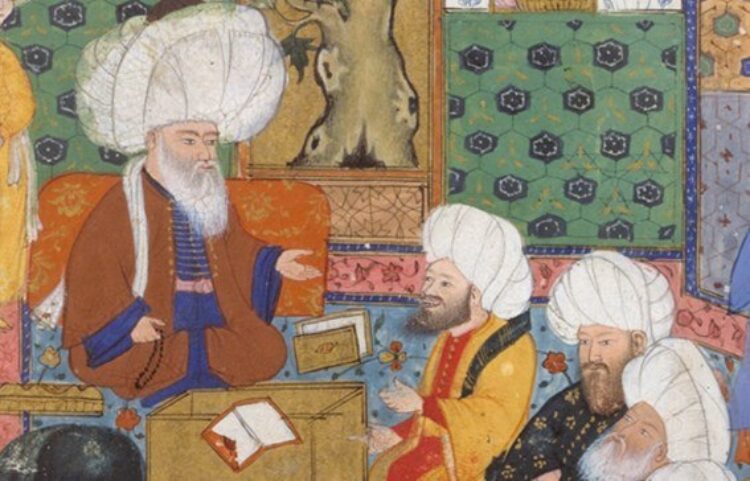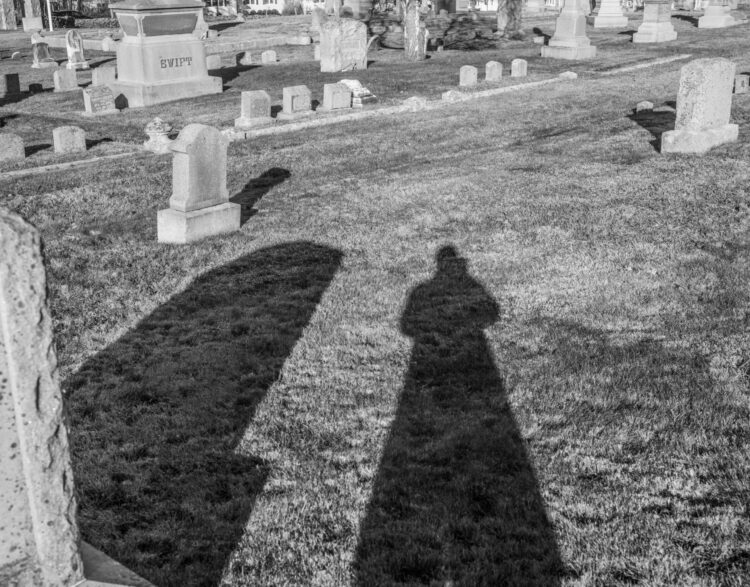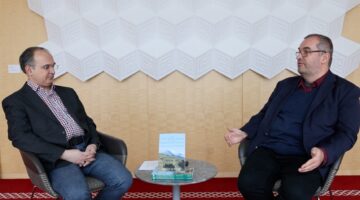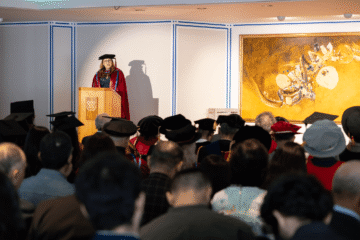When historical texts are read, readers rely on their intellectual conditioning to understand and judge what such texts are conveying. In this experimental talk, Dr Shahzad Bashir utilises 19th-century Indian Islamic texts to suggest that anamorphism highlighted in concept-driven photography provides a useful analogy for seeing how historians’ narratives become containers for irreducibly complex worlds. Historians’ claims about the past are always equally valid and distortive, mirroring the way a two-dimensional image in a photograph captures a three-dimensional world. The analogy helps scholars appreciate historical knowledge as a particular form of truth that cannot be mapped to basic notions of objectivity, subjectivity, normativity, and so on.
Speakers

Dr Shahzad Bashir
Dean
Shahzad Bashir is Dean of the Aga KhanA title granted by the Shah of Persia to the then Ismaili Imam in 1818 and inherited by each of his successors to the Imamate. University’s Institute for the Study of Muslim Civilisations in London.

Amanda Lanzillo
Assistant Professor
Amanda Lanzillo is an Assistant Professor in the Department of South Asian Languages and Civilizations at the University of Chicago.
Islamic History and Thought Lecture Series
Designed to invite scholars of various international academic institutions, specialising in intellectual, social and political aspects of medieval and early modern Islamic societies, to present and discuss their research.
Explore previous lectures
Views expressed in this lecture are those of the presenting scholars, not necessarily of IIS, the Ismaili community or its leadership. Promotion of this lecture is not an explicit endorsement of the ideas presented.







